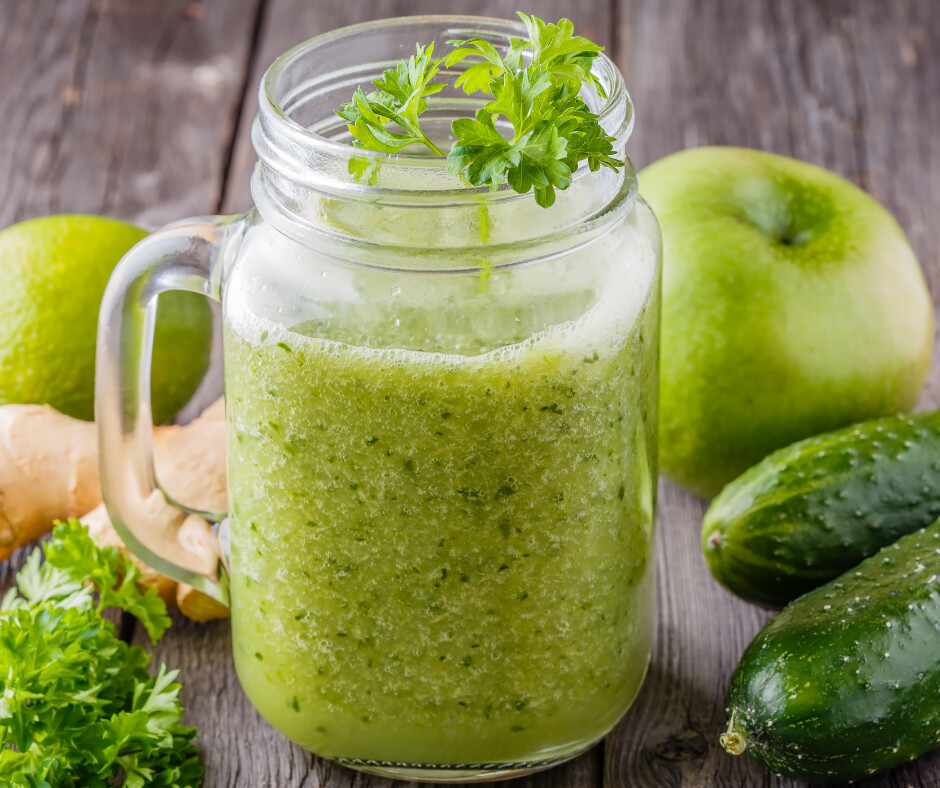
The general recommendation is to consume 5-9 servings of fruits and vegetables a day. If that sounds like too much for you to consume, then blending or juicing those servings could be a great option. Blending and juicing vegetables with fruits can also be a great way to help the children in your life get enough vegetables. It's best for you to make the juice or smoothies yourself because store bought options are most often pasteurized and that can destroy important nutrients. And of course, if you can get organic produce - all the better. Here are some considerations and great ways to get all the benefits of blending and juicing.
Benefits of Juicing
Juicing concentrates the vitamins and minerals and makes them easier for your body to access. This is because most often, the vitamins and minerals are in the juice and not in the fiber and pulp. Juicing your fruit and vegetables can also give you a quick boost in energy because the vitamins and minerals are concentrated and readily available to your body.
Benefits of Blending
One of the important reasons that you want to make sure you consume enough fruits and vegetables is to get the fiber. Fiber is important for almost every aspect of your health. And that is the big benefit of blending. The general recommendation is that adults should consume 25 to 30 grams of fiber a day. It's thought that most Americans get about 15 grams a day. Another benefit of blending is at that the fiber content helps you feel full and that can be a benefit if you're trying to maintain a healthy weight.
Blood Sugar Levels
If you add lots of fruit and sweet dairy products to your drink, it can have a negative impact on your blood sugar levels. You can help minimize the impact of a sweet juice or blended drink by consuming fiber and/or protein shortly before your drink. You can also use fruits and vegetables that contain fewer carbohydrates. Examples of fruit and vegetables that contain a high amount of carbohydrates are banana, raisins, dates, mango, beets, corn and sweet potato.
Benefits of Eating Whole Foods
The digestion of food actually starts when you begin chewing. The saliva in your mouth starts to break down the food. So even though the nutrients in juiced or blended produce are more readily available, you loose the benefit of chewing. A downside of juicing produce is that you won't feel as full as you would by chewing a couple of apples or a bunch of celery.
Consuming Produce, Herbs and Seeds
Whether you juice or blend, it's still a great way to add important nutrition to your diet that you might otherwise not consume. For example, there are many benefits to green tea and especially matcha. If you don't like green tea, you can add some matcha powder to your juice or smoothie. Consider adding some of your least favorite spices and herbs, and produce like turmeric, parsley, radishes, spinach and broccoli. You also can add nut butters and seed meals which add protein to your drink. Finally, adding fruits or vegetables that are past their prime in terms of freshness, is a great way to not waste the produce.
Did this help you? If so, I'd greatly appreciate it if you commented and/or share it on social media.

Email: sharonledwards@hotmail.com
Facebook: https://www.facebook.com/sharonledwardsbiz/



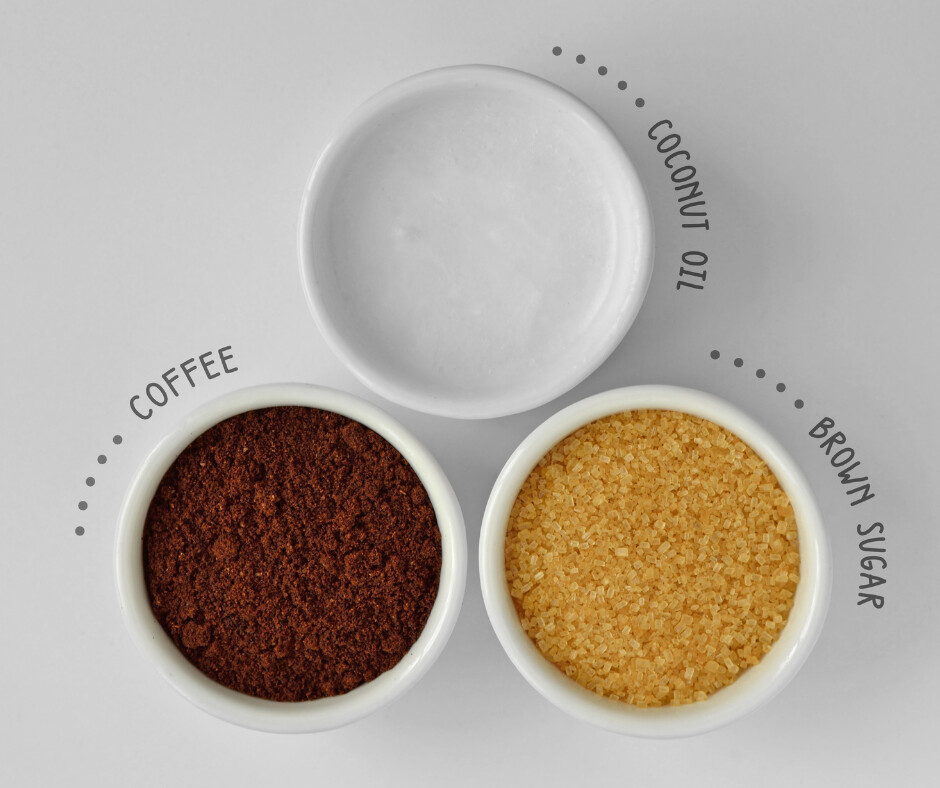
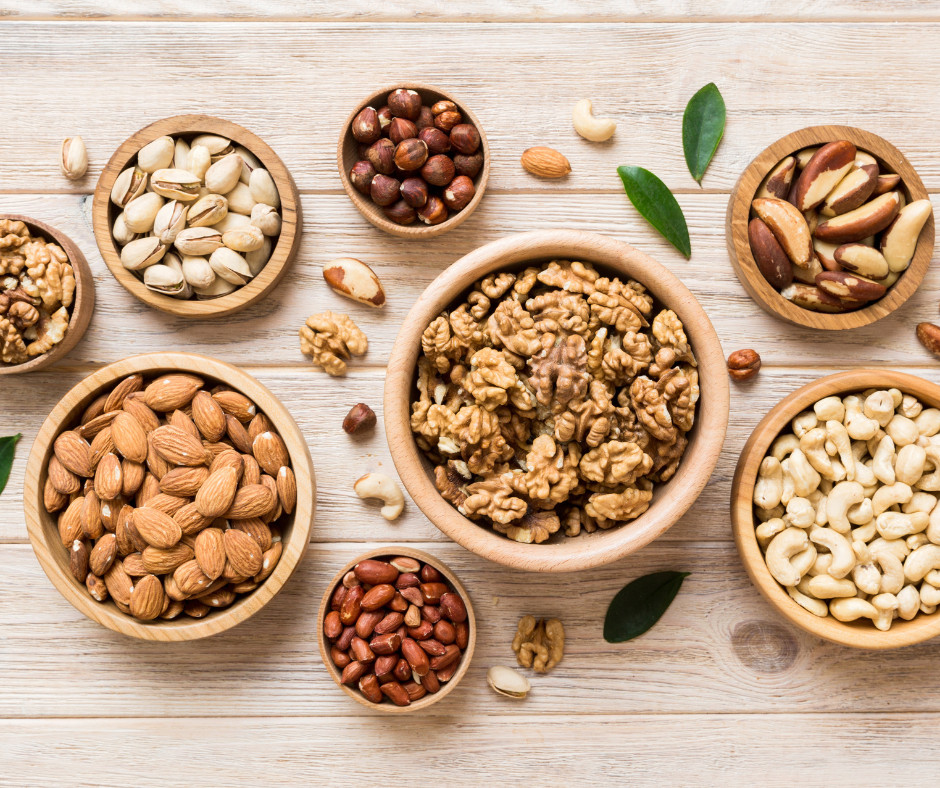



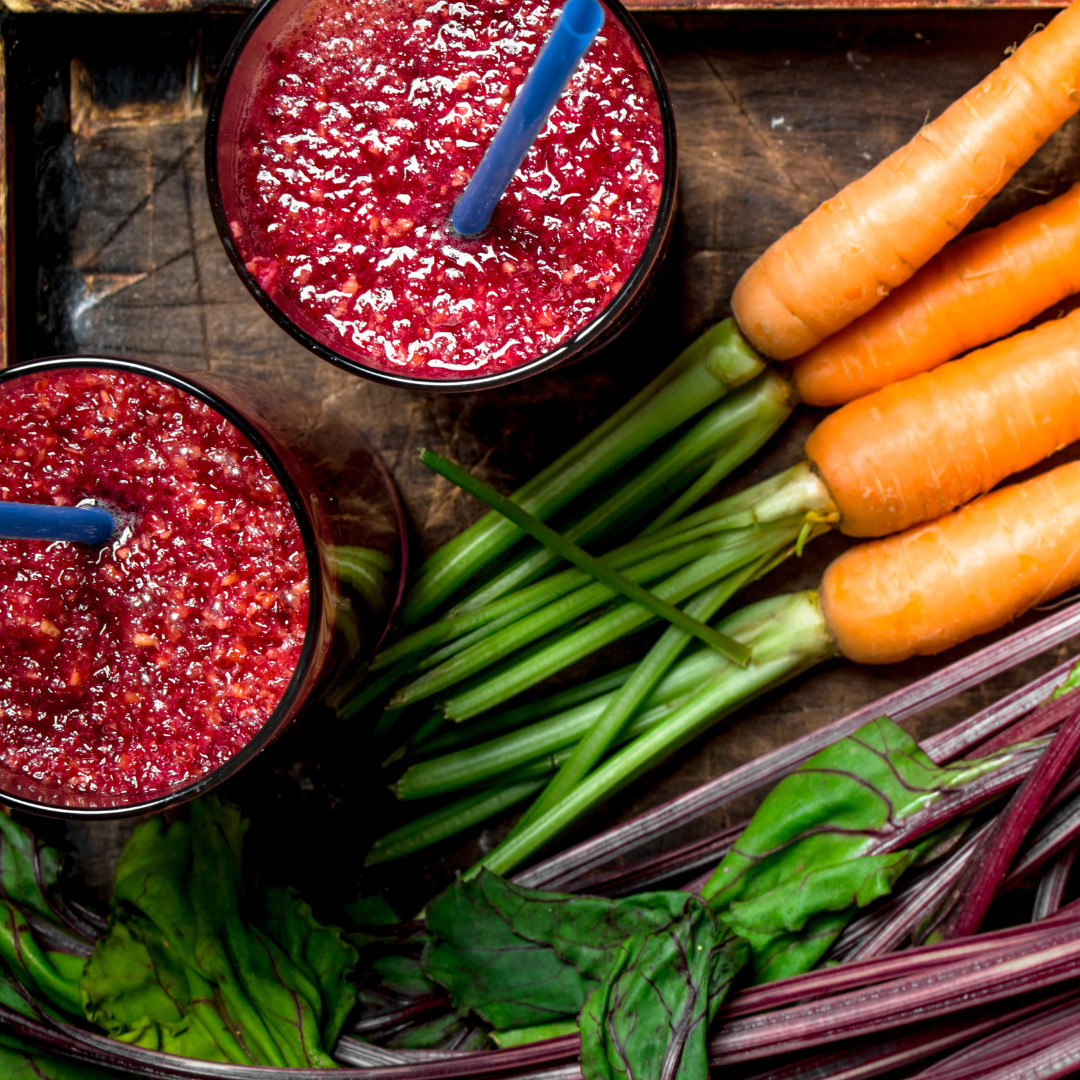
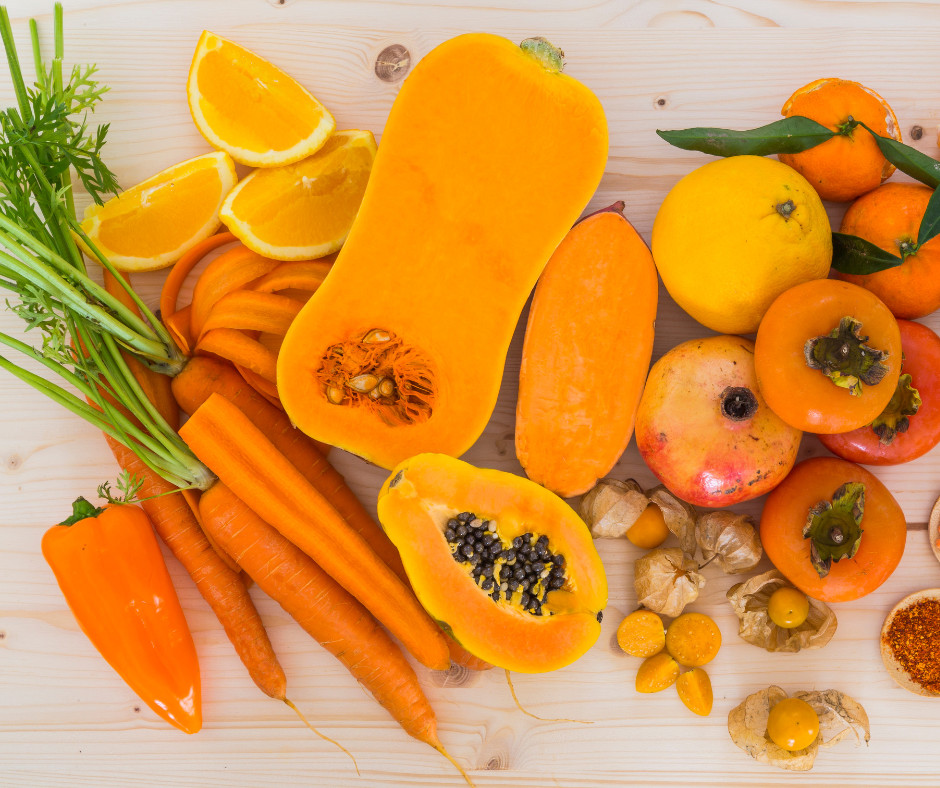
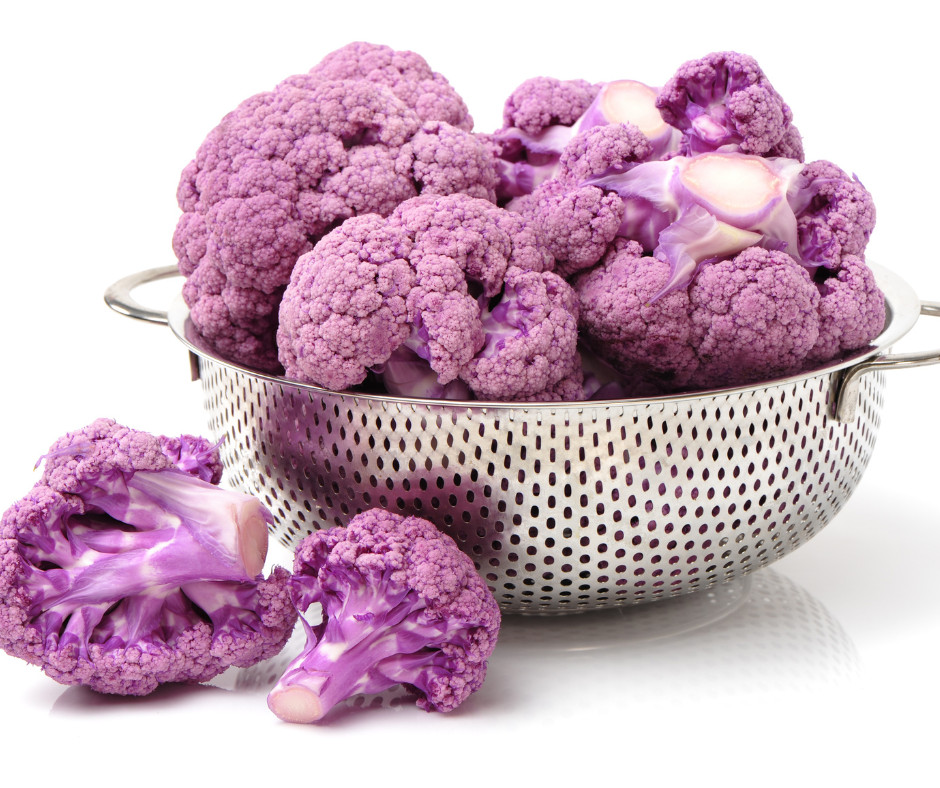
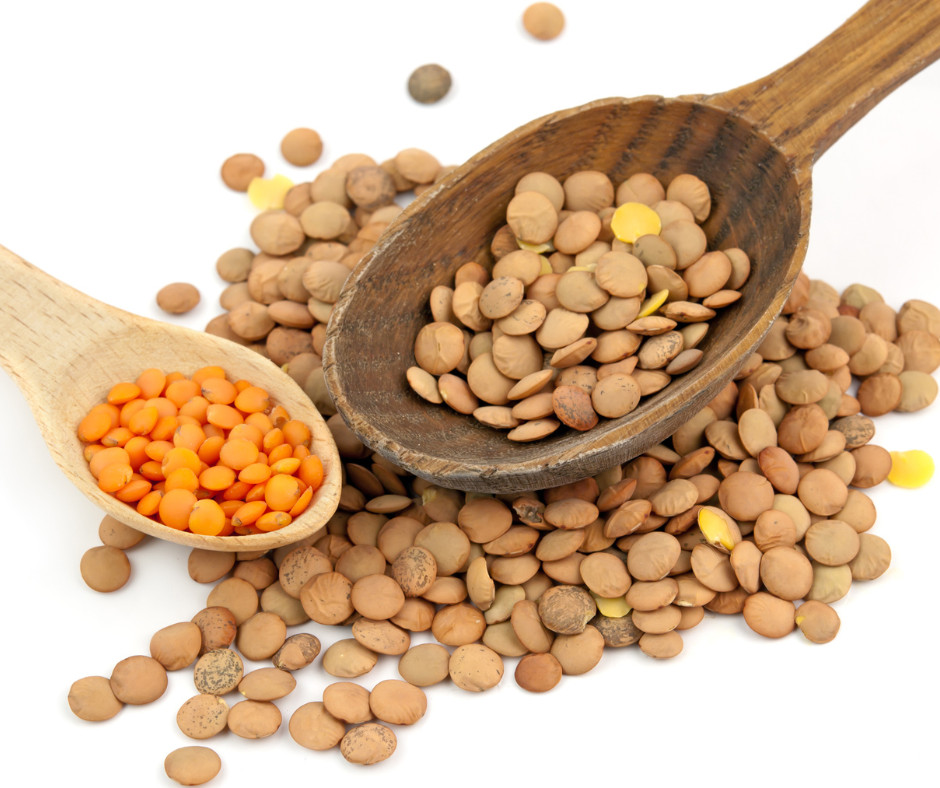
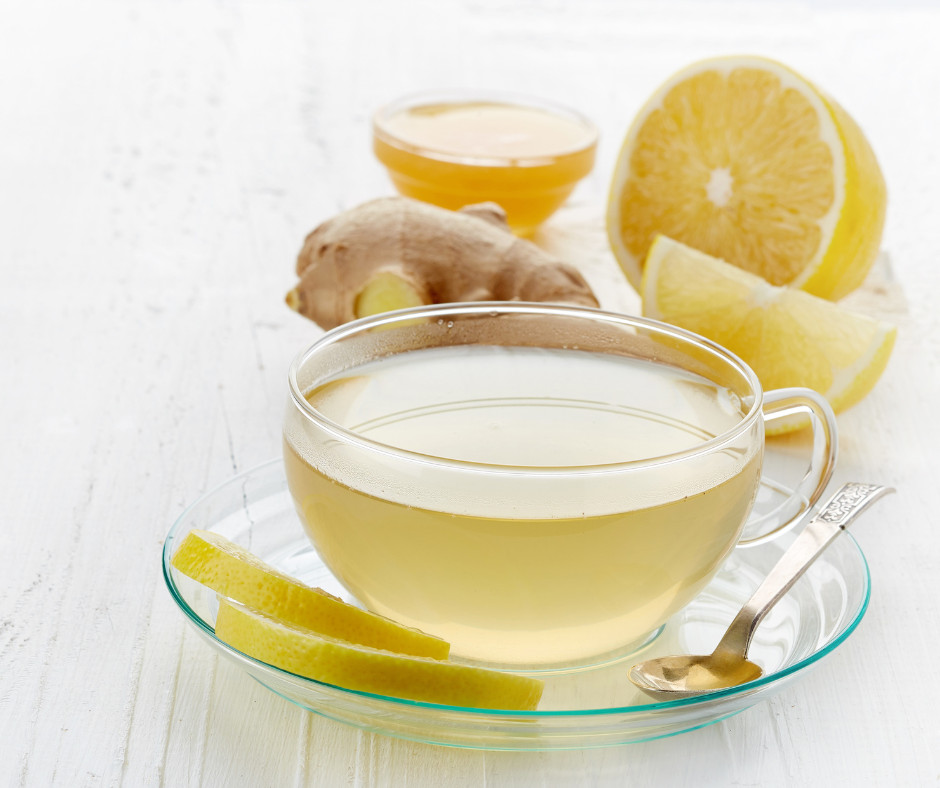





0 Comments